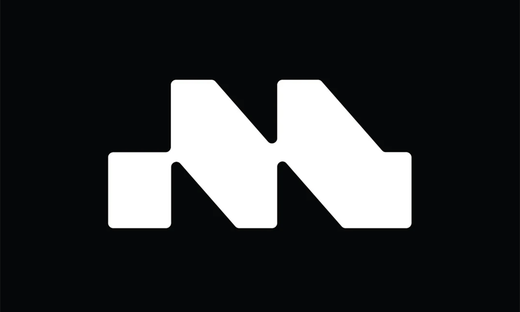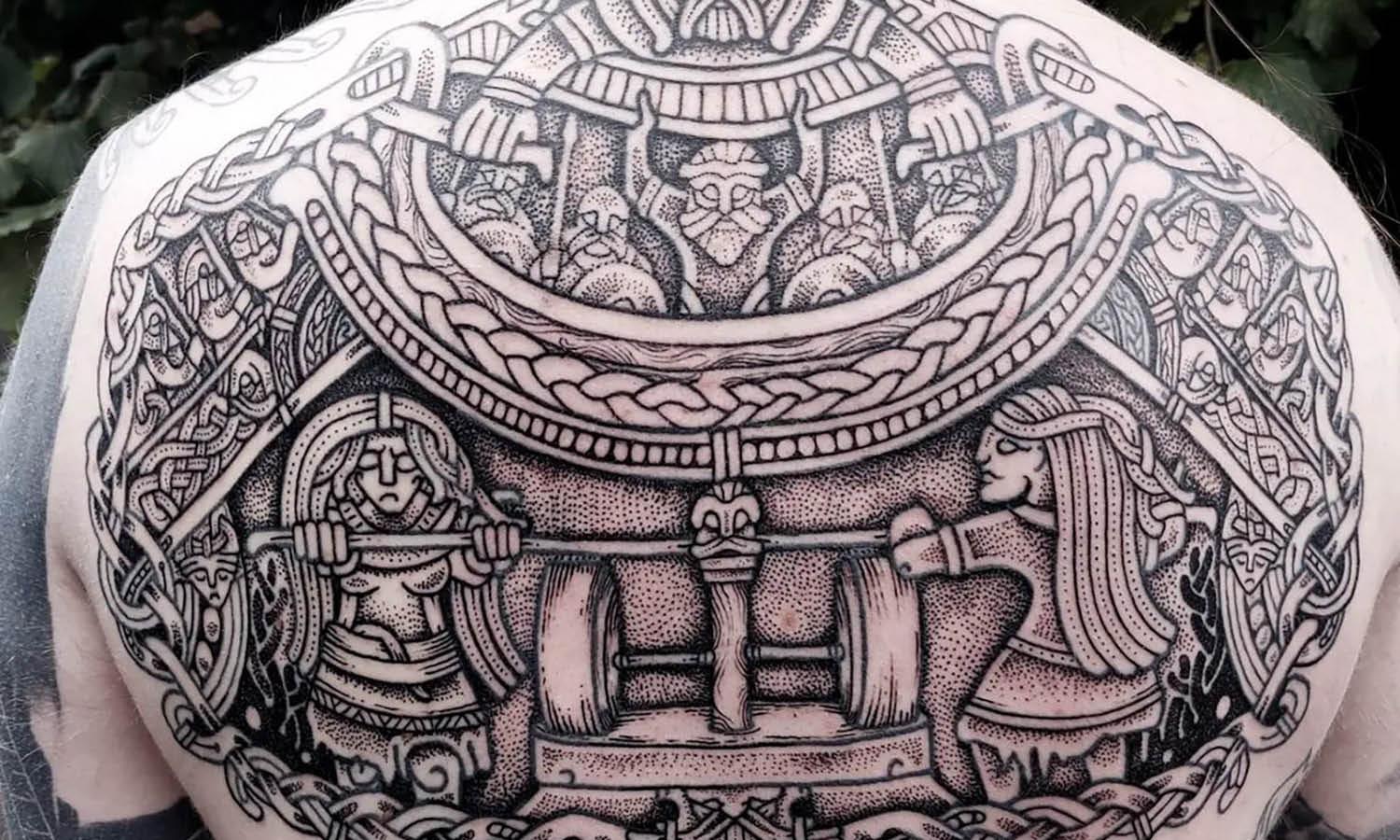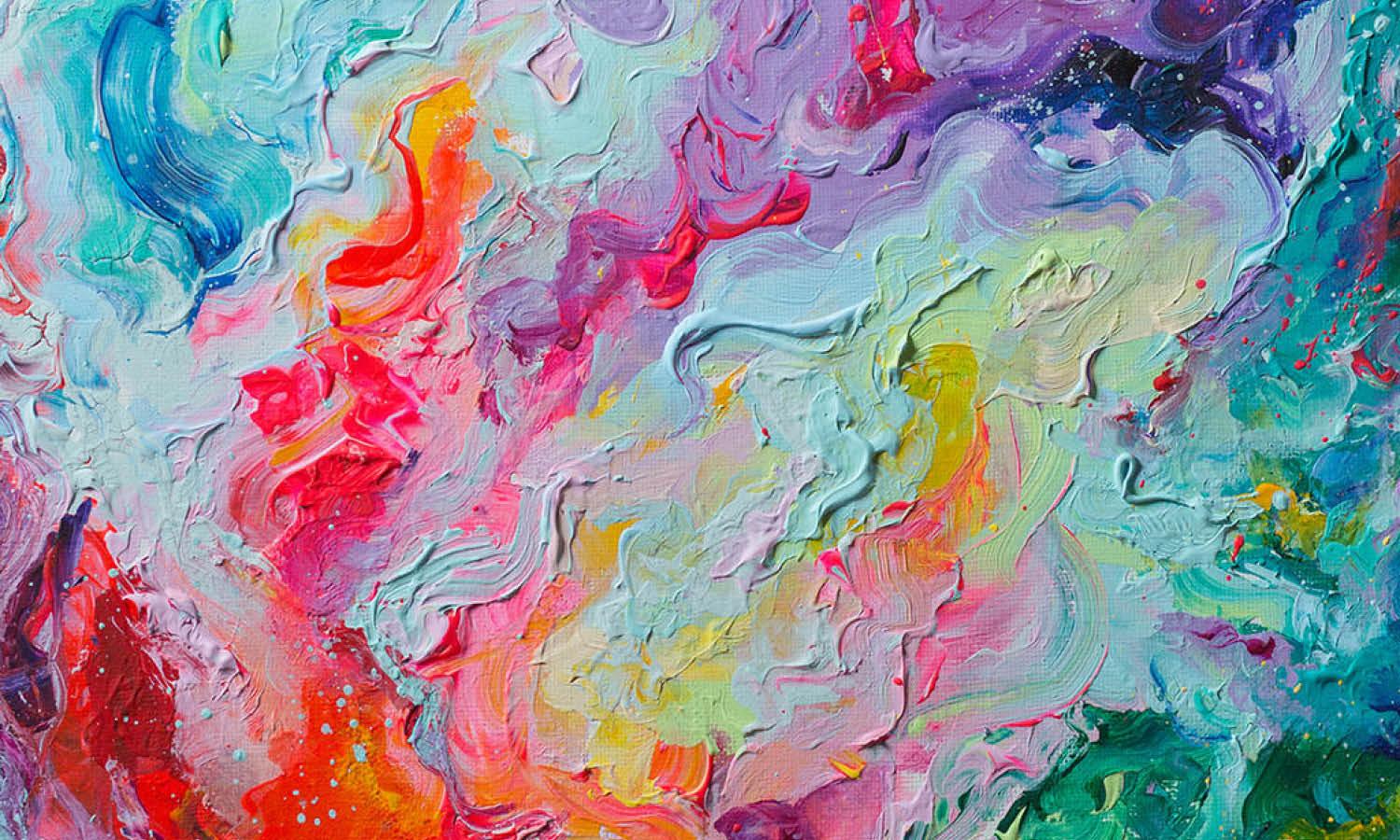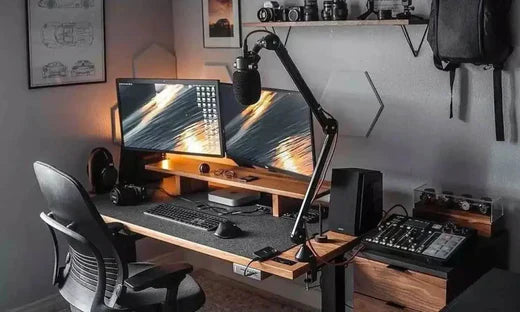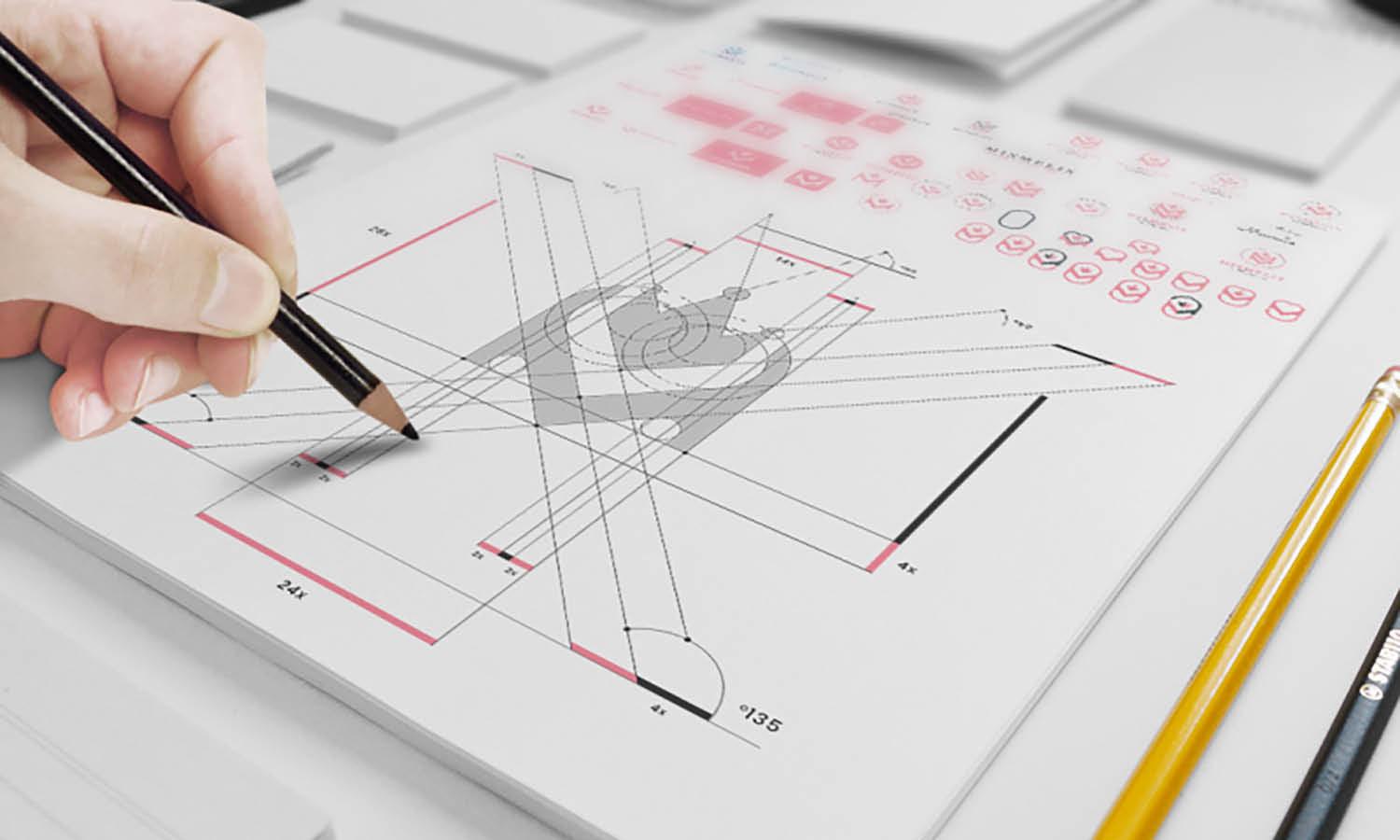How Crypto is Supporting Digital Art Authentication

The rise of digital art has revolutionized creativity, enabling artists to share their work globally through platforms like OpenSea and Rarible. However, the digital realm poses unique challenges, particularly in proving authenticity and ownership. Enter cryptocurrency and blockchain technology, which are transforming how digital art is authenticated, traded, and protected. Solutions like Dinamica Invexon exemplify this shift, offering innovative tools that support digital art authentication and ensure creators and collectors thrive in a secure ecosystem.
The Challenge of Digital Art Authentication
Digital art, unlike physical paintings or sculptures, exists as intangible files that can be easily copied or manipulated. Establishing provenance—proof of origin and ownership—has been a persistent issue. Without a reliable system, counterfeit digital artworks can flood the market, devaluing genuine creations and eroding trust. Traditional authentication methods, such as certificates or signatures, are often inadequate for digital files, as they can be forged or lost.
Cryptocurrency, paired with blockchain technology, offers a robust solution. By leveraging decentralized ledgers and non-fungible tokens (NFTs), crypto ensures digital art is verifiable, traceable, and secure.
Blockchain: The Backbone of Authenticity
Blockchain technology, the foundation of cryptocurrencies like Bitcoin and Ethereum, is a decentralized, tamper-proof ledger that records transactions transparently. For digital art, blockchain provides a permanent record of ownership and authenticity. When an artist mints a digital artwork as an NFT, the piece is assigned a unique digital signature stored on the blockchain. This signature includes metadata like the artist’s identity, creation date, and ownership history, making it nearly impossible to forge.
For example, platforms like Ethereum use smart contracts—self-executing agreements coded on the blockchain—to automate and verify transactions. When a collector purchases an NFT, the smart contract ensures the transfer of ownership is recorded transparently, providing indisputable proof of authenticity.
NFTs: Revolutionizing Digital Ownership
Non-fungible tokens (NFTs) are at the heart of crypto’s role in digital art authentication. Unlike cryptocurrencies such as Bitcoin, which are interchangeable, NFTs are unique digital assets. Each NFT is linked to a specific piece of digital art, serving as a certificate of authenticity and ownership. This uniqueness makes NFTs ideal for protecting digital artworks from duplication or fraud.
For instance, artists like Beeple have sold NFT-based artworks for millions, with buyers confident in their authenticity due to blockchain verification. NFTs also allow artists to embed royalties into their works, ensuring they earn a percentage of future sales. This incentivizes creators while reinforcing trust in the digital art market.
Enhancing Security and Trust
Crypto’s decentralized nature eliminates reliance on centralized authorities, reducing the risk of manipulation. Blockchain’s immutability ensures that once an artwork’s details are recorded, they cannot be altered without consensus from the network. This transparency builds trust among artists, collectors, and platforms.
Moreover, crypto wallets provide secure storage for NFTs, requiring private keys for access. This adds a layer of protection against theft or unauthorized duplication. Platforms like OpenSea also integrate verification processes, flagging suspicious NFTs to maintain market integrity.
Empowering Artists and Collectors
Cryptocurrency empowers artists by providing a global marketplace to sell their work without intermediaries. Blockchain-based platforms allow creators to reach collectors directly, reducing costs and ensuring fair compensation. For collectors, crypto offers confidence in purchasing authentic pieces, as blockchain records eliminate doubts about provenance.
Additionally, fractional ownership—enabled by blockchain—allows multiple investors to own a share of high-value digital art, democratizing access to the market. This innovation broadens participation while maintaining authenticity through smart contracts.
The Future of Digital Art Authentication
As the digital art market grows, crypto and blockchain will continue to evolve. Innovations like layer-2 scaling solutions promise faster, cheaper transactions, while eco-friendly blockchains address environmental concerns. These advancements will make digital art authentication more accessible and sustainable.
In conclusion, cryptocurrency is reshaping digital art authentication by providing secure, transparent, and decentralized solutions. Through blockchain and NFTs, artists and collectors can create, trade, and invest with confidence, ensuring the digital art ecosystem thrives. As technology advances, crypto’s role in safeguarding creativity will only grow stronger.

